What is Physics?
The science of everything!
Broadly, physics involves the study of everything in physical existence, from the smallest subatomic particles to the entire universe. Physicists try to develop conceptual and mathematical models that describe interactions between entities (both big and small) and that can be used to extend our understanding of how the universe works at different scales. Studying for a BS in Physics gives a broad overview of the most well-established of these models, such as classical mechanics, thermodynamics, electromagnetism, and quantum mechanics, as well as the computational and experimental skills used in working with them. With this background you are ready to specialize in any sub-field, such as those described briefly below.
Sub-Fields of Physics
![]()
Astrophysics
The branch of astronomy dealing with the physics of the universe, such as the evolution of stars and galaxies. At the largest scale it studies cosmology, trying to understand the evolution and structure of the whole universe.
American Astronomical Society »
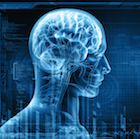 Biophysics
Biophysics
Application of physics concepts and techniques to the study of living systems. This could be at the molecular, subcellular, cellular, or organism levels. Often has applications to medicine.
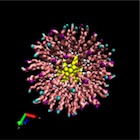 Chemical Physics
Chemical Physics
Use of techniques from atomic, molecular, and solid state physics to study chemical processes. An emerging topic is the formation of nanoparticles.
APS Division of Chemical Physics »
 Engineering Physics
Engineering Physics
Using a broad range of physics ideas to apply, design, and develop practical solutions to engineering challenges.
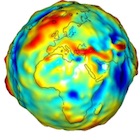 Geophysics
Geophysics
Using physics to study the origin, evolution, and current state of the Earth. The emerging field of planetary geology seeks to do the same for other planets.
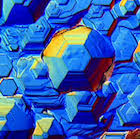 Materials Science
Materials Science
Applying physics to study the relationship between the structure and properties of materials. New materials emerging from this field can have practical and economic benefits.
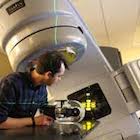 Medical Physics
Medical Physics
Using physics for the design of equipment and techniques used to study the human body, as well as diagnose and treat diseases. Examples include the development of MRI, CAT, and PET scanners, as well as radiation protection.
American Association of Physicists in Medicine »
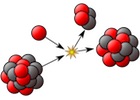 Nuclear Physics
Nuclear Physics
The study of the structure of the atom's nucleus in terms of the interactions between its constituent particles. Practical applications include medical diagnosis and treatment.
APS Division of Nuclear Physics »
 Particle Physics
Particle Physics
The study of the most fundamental particles of which all matter made. Ultimately the aim is to produce a unified model that relates all fundamental forces and elementary particles to each other.
APS Division of Particles and Fields »

